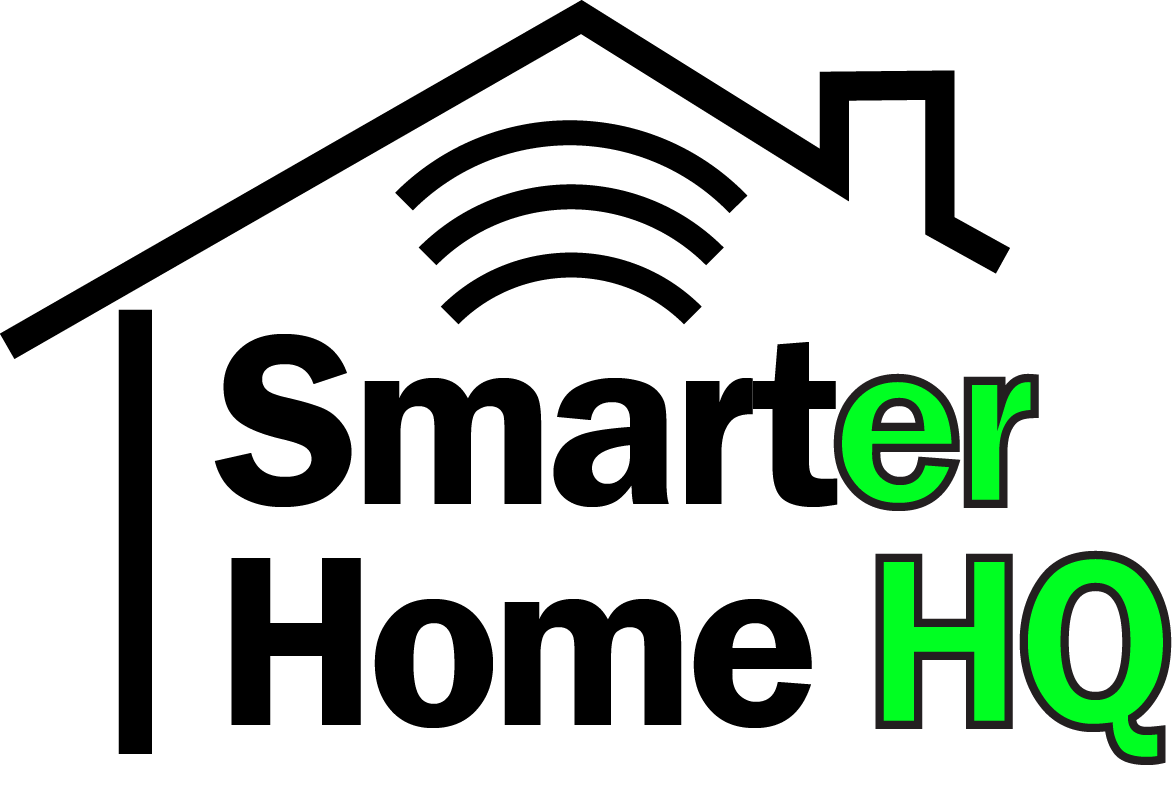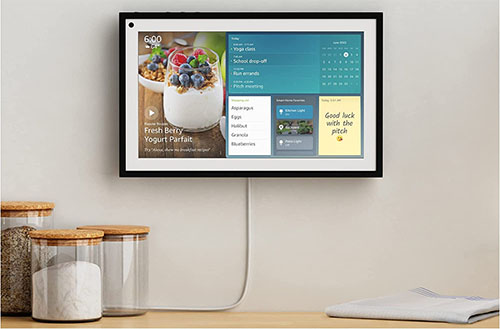Alexa, Amazon’s voice assistant, makes automating recurring tasks a breeze. Amazon uses the term “Routine” for an action or a set of actions that you want to happen on a periodic basis or when a specific event occurs.
The only way to create an Alexa smart home routine is from the Alexa app for smart phones. Open the App and select the “More” icon in the bottom right of the screen. Select “Routines” and it will take you to all your routines.
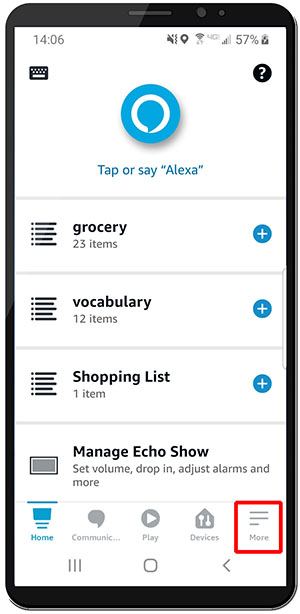
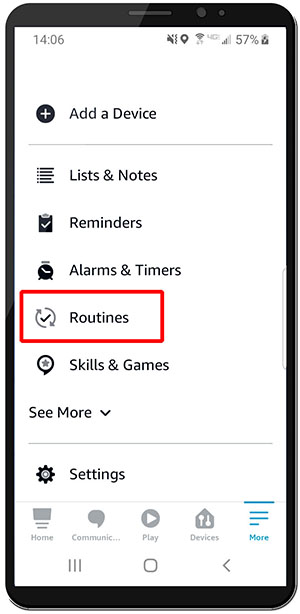
To create a new routine, select the plus icon in the upper right of the screen. Then, name your routine, select your trigger (When this happens), and select your actions. Save it by selecting “Save” in the upper right of the screen. Make sure you select save! If you back out of the screen before you tap “save,” your routine information will be lost. This can be especially frustrating if you added several actions, and you have to go back and reenter all the information.
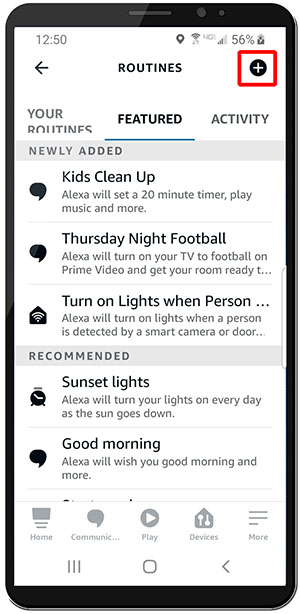
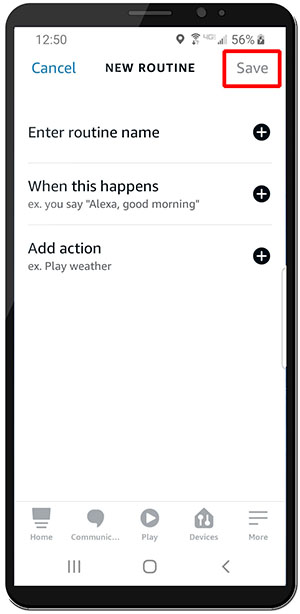
There are a lot of cool things you can do with Alexa routines. Let’s explore some of them.
Do Alexa routines work automatically?
By default, routines work automatically. They run automatically at a set time or in response to a trigger, such as using a voice command or responding to a sensor.
If there is a set time for a routine to run, then it will run at that time automatically. If it’s based on a trigger, then whatever actions you have set up will run automatically once the trigger has occurred.
How do routines work in Alexa?
Routines work in Alexa by adding triggers and actions. The trigger could be a certain time of day, it could be a response to a command spoken to Alexa, or it could be from detecting motion. Here are several types of triggers with some examples.
Schedule Trigger
An example of a schedule trigger would be turning on your living room lights on at sunset. You could create a routine by selecting “sunset” as the trigger, and then you would add your selected smart lights and add an action to turn them on. If you have colored, dimmable lights, you can also select the color and brightness.
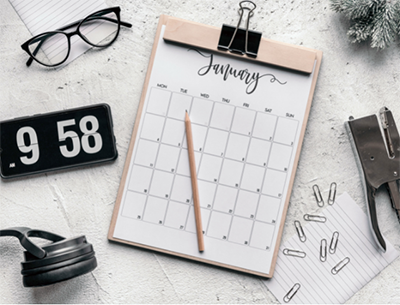
Voice Trigger
If you wanted your routine to activate when you speak a command, then you would use the voice trigger. For instance, when it is time for bed, you might want your lights to turn off and your thermostat to lower. You add these actions into a routine called “Time for bed.” Then you would say, “Alexa, time for bed,” and she would turn off the lights and set your thermostat optimal nighttime temperature. You could even add a delay before turning the lights off, so you can make sure you are not wandering around in the dark, while trying to make it to bed.
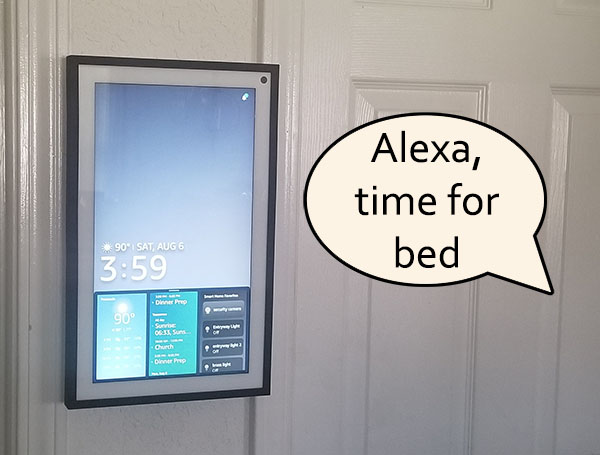
Motion Trigger
Another example would be for Alexa to turn on a light when a sensor detects motion. If you have a supported Echo device (fourth generation Echo, Echo Dot, or a recent Echo Show), they are equipped with motion detectors.
So, for example, let’s say you have an Echo Show in your kitchen and you want to create a morning routine. You could set up a routine that would activate when a person was detected in the morning. It could then turn on the kitchen smart lights and adjust the thermostat to the daytime temperature.
For some triggers, like the motion (person) detected trigger and the location trigger, there is an option to suppress the action for a certain period of time after it occurs the first time. This is helpful for the example of the morning routine.
You probably wouldn’t want to trigger the action every time someone walked in and out of the kitchen. Instead, you can add a time period for the trigger to work, and then set a longer period of time to suppress the trigger, so that it only happens once in a day.
Location Trigger
Another handy feature is the location trigger. If you share your location with Alexa using your smart phone, you can set up routines for when you leave a specified place.
For instance, you could set up a routine that would turn off all the lights and adjust the thermostat when you leave for work.
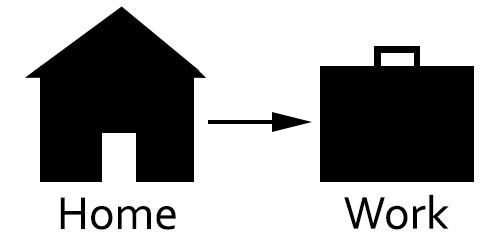
You could then set up another routine when you left work. That routine could turn on specified lights, such as exterior and entryway lights, and readjust your thermostat so it would be at the appropriate temperature when you arrived home.
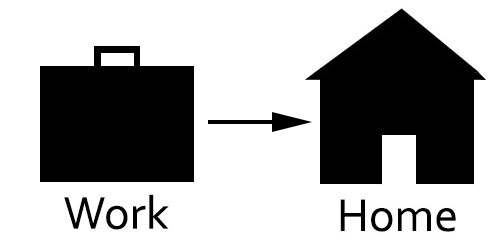
Adding Different Devices to an Alexa Routine
There are lots of different smart devices you can add to Alexa Routines. Anything from smart plugs to smart lights to smart garage door openers can be automated in an Alexa Routine as long as the device is compatible with Alexa. We recommend starting with routines involving lights and plugs and exploring routines with other devices as you become more familiar with the process.
How do I create a smart plug routine?
You can easily create a smart plug routine. Just name your routine, set the trigger, and add the actions you want for each of your smart plugs.
For example, perhaps you have a smart plug for your stove, your toaster, and your straightening iron. You leave your house for the day and think “Did I leave my stove going?” Now you could have all these plugs under one routine, allowing you to turn them all off while you are away, so you don’t have to worry whether you left one going or not.
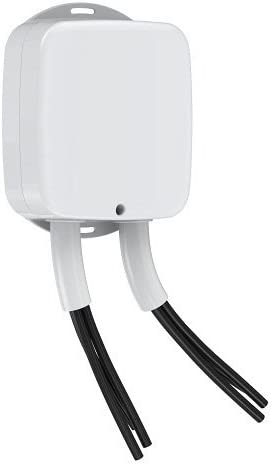
Power Adapter for Appliances
All you need is a trigger, which could simply be a command to Alexa. “Alexa, turn off all my smart plugs.”
Of course, you could set up a separate routine for each plug. But you should already be able to turn off a single plug without an Alexa routine. As long as Alexa recognizes the plug, all you have to do is tell her to turn it off.
If you want to have the event happen without having to speak to Alexa, then you could use a routine for a specific time. Or you could set it up based on location, e.g., when you leave the house, Alexa turns off the plug(s).
Can you set up a routine for Alexa to turn lights on and off?
Yes, Alexa can turn smart lights on and off automatically with a routine.
There are a couple of ways to go about it. You can have one routine to turn lights on and another to turn them off.
Or, you can have one routine that turns on the lights, then adds a delay (called “wait”), and then turns off the lights. The only limitation is that the delay cannot be shorter than five seconds or longer than four hours. However, if you need more delay time, you can just add another delay after the first delay.
Here’s an example of a light that turns on at 8:30 pm, then delays for 2 hours and 30 minutes until it turns off.
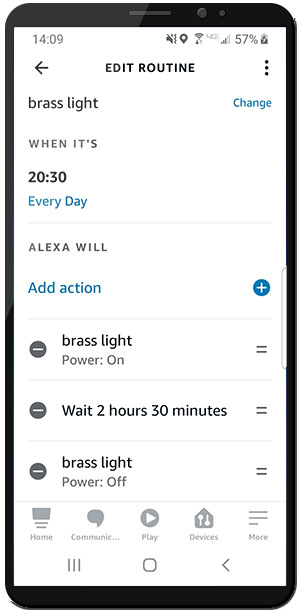
How do I make Alexa Turn Lights on and off Randomly?
You cannot use a routine to control lights in a random fashion. You can, however, install Alexa’s Guard feature. When Guard is turned on, it can listen for smoke detectors and the sound of broken glass.
In addition, with the Guard feature enabled, you can turn on “Away Lighting”. Away lighting will turn lights on and off randomly to make it look like someone is at home when they are not. You can select what lights Alexa turns on and off when you enable this feature.
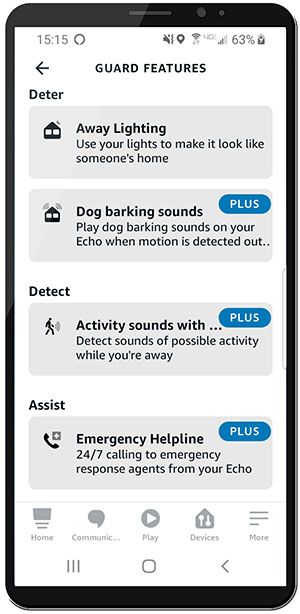
How do I change my Alexa routine?
You simply go to your routines in the Alexa smart phone app and tap the name of the routine. This will bring up all the details of the routine and allow you to edit them.
You can change the name and the actions. From there, if you click on the settings menu (three little dots in the upper right corner) you can do other things like copying the actions to a new routine, sharing the routine, or deleting the routine.
Note, to change the trigger, you have to do it from the settings menu. This doesn’t seem that intuitive to us, but that’s the way it works.
How do you set an Alexa group routine?
You can set a group routine, by creating a new routine. Choose a name and a trigger. When choosing an action, choose “Smart Home.” Next, choose “Control group”. This will list any groups that have devices in them.
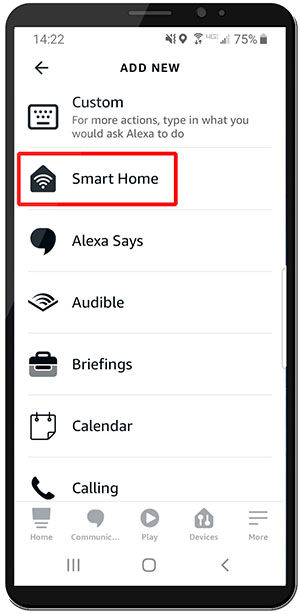
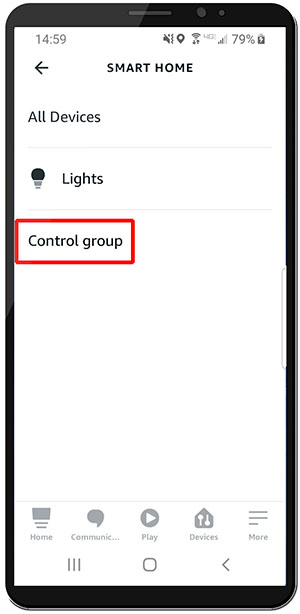
For instance, in the example below there are two groups to choose from: Entryway and Living room. If you choose the living room group, you get further options. You can select all, or you can select lights. Selecting lights alone will control all of the lights in the group and give you the ability to power them on or off and set their brightness and color.
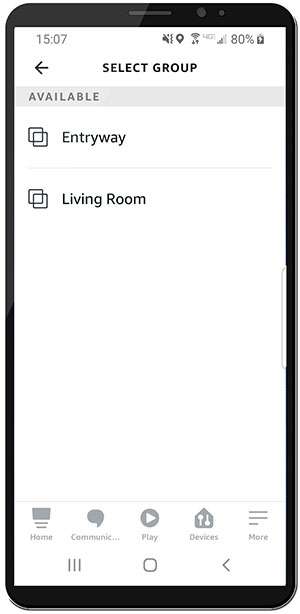
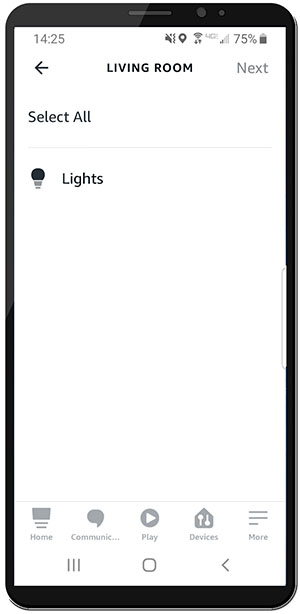
If you choose the select all and click on “Next,” you get additional options. In this case, there is a power button to choose. The power button allows you to turn off or on anything that has that feature. So, that could be a light; it could be a plug; or it could be a Television. Also in this case, there is a thermostat in the living room. So, it gives you the choice of setting the temperature
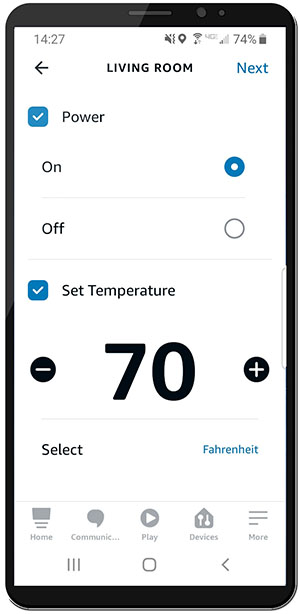
The groups can behave rather oddly. For example, the groupings can change based on what you have in the room. You can also accomplish the same tasks with a regular routine, which makes more sense to us. So, perhaps a group routine isn’t all that great after all.
What is good with groups in general (not group routines), is that when you use commands for a group, it will control everything in the group. And, if you connect it with an echo device, you don’t even have to use the group name. The echo device will understand the context and only apply that command to the particular group it is associated with.
Summary
Amazon Alexa’s routine function can do a lot to automate the smart devices in your home. By timing certain events and using triggers, you can control groups of devices and have them turn on or off without you having to do it manually. With a little effort on the front end to set it up, it will bring greater of automation, functionality, and convenience to your home.
See our post on what devices can be used to trigger an Alexa routine:
